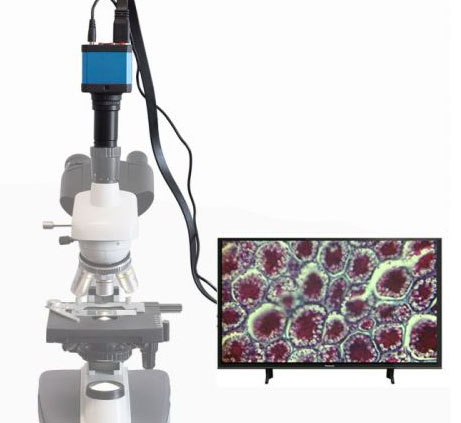1. Image Formation
Optical Microscope: Uses lenses and light to form a direct magnified image that is viewed through eyepieces.
Digital Microscope: Uses a digital camera to capture images and displays them on a screen (no eyepieces required).
2. Magnification
Optical Microscope: Magnification is determined by objective lenses × eyepiece lenses (e.g., 10x eyepiece × 40x objective = 400x).
Digital Microscope: Magnification depends on camera sensor resolution, monitor size, and software zoom (often adjustable digitally).
3. Image Recording & Sharing
Optical Microscope: Requires an additional camera attachment to capture images.
Digital Microscope: Directly saves images/videos to a computer or storage device, enabling easy sharing and analysis.
4. Portability & Setup
Optical Microscope: Typically bulkier, requires careful alignment of lenses and lighting.
Digital Microscope: Often more compact, some models are handheld (USB microscopes).
5. Depth of Field & Focus
Optical Microscope: Generally provides better 3D perception due to direct observation.
Digital Microscope: May have limited depth perception but can use software stacking for enhanced focus.
6. Applications
Optical Microscope: Preferred for live cell imaging, education, and traditional lab work.
Digital Microscope: Used for digital documentation, industrial inspection, and educational demonstrations (easier for group viewing).
7. Cost & Maintenance
Optical Microscope: Higher initial cost for high-quality lenses; requires regular maintenance.
Digital Microscope: Often more affordable (basic models), but depends on camera resolution.
An optical microscope is ideal for direct visual analysis with high optical clarity, while a digital microscope offers convenience in imaging, sharing, and digital processing. The choice depends on the application—research, education, or industrial use.

